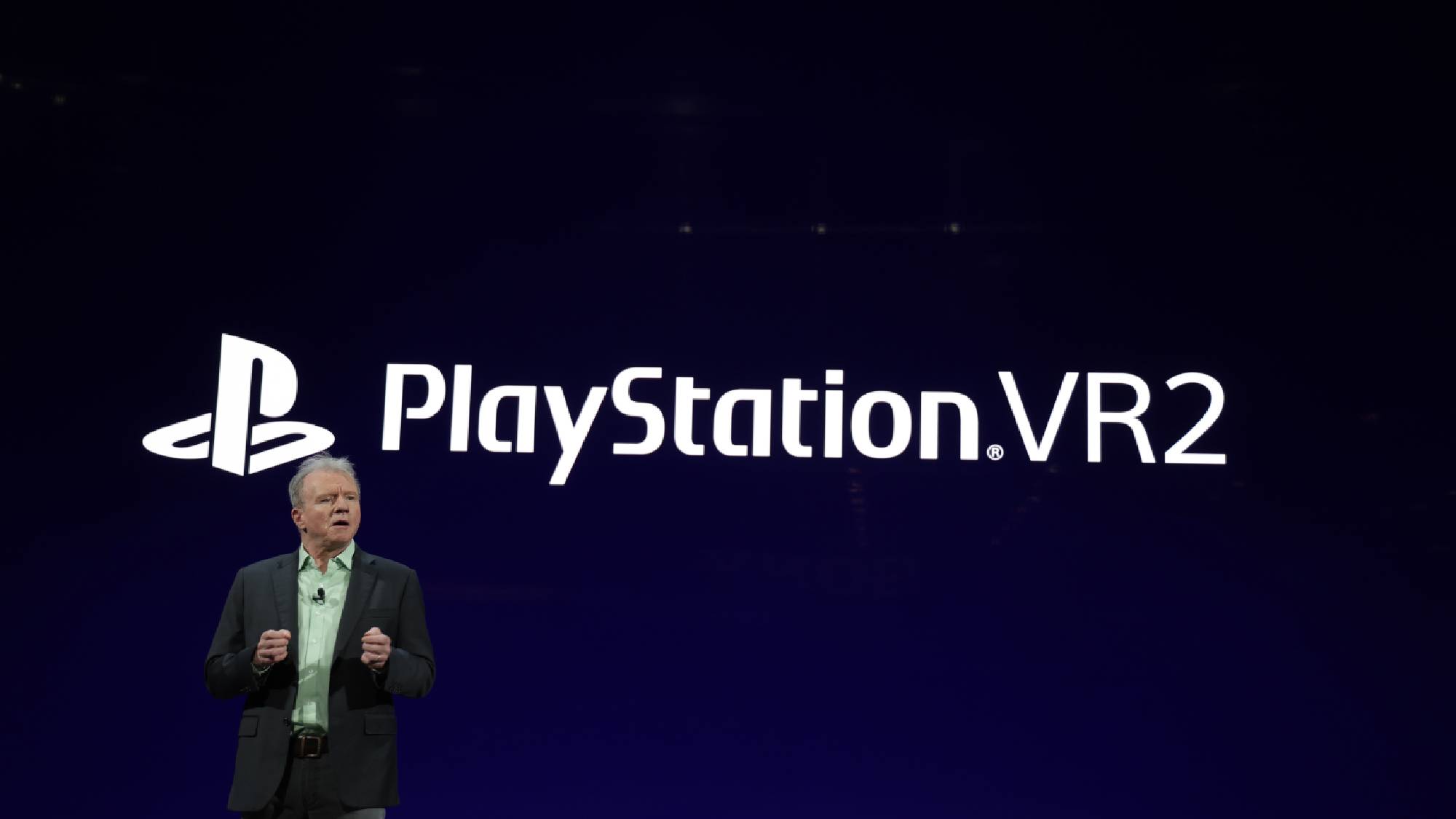
Editor's note: Our full PSVR 2 review is now live, so go and check it out to see why Sony's new virtual reality headset is brilliant.
At CES 2022, Sony announced the PlayStation VR 2, or PSVR 2, an update to its previous generation headset.
There's a lot to be excited for regarding VR on PS5. With PSVR 2, PlayStation gamers should expect massive spec bumps across the board. From 2000 x 2040 resolution OLED screens to built-in cameras, PSVR 2 is a welcome upgrade. Not only that, Sony is claiming eye tracking with foveated rendering, HDR, built-in headset rumble and an expanded field of view.
But the VR landscape has changed tremendously since Sony entered the VR market with its first PSVR back in 2016. VR has gone more mainstream, thanks to the ease-of-use and affordability of the Oculus Quest 2, now titled Meta Quest 2. The Quest 2 has been such a game changer that competing headsets, like the Valve Index and HTC Vive Pro 2, once the leaders of the space, have been largely pushed aside. Both have been knocked down a few pegs on our best VR headsets list. Actually, the Quest 2 holds our No. 1 spot, and has for some time.
But really, the Quest 2's killer feature is the ability to be a fully standalone device, and not requiring a cable running to an expensive gaming PC or difficult-to-find PS5. That, as well as its $200 starting price , makes it a compelling enough experience that most consumers have opted for it instead of more expensive PC-linked options. Plus, new leaks suggest that Meta is set to launch an Oculus Quest Pro and an Oculus Quest 3 in a few months. And given these dramatic shifts in the VR space, it's stunning that Sony is opting for a single-cord system with PSVR 2.
Per Sony's press conference earlier this week, PSVR 2 will use a single-cord tether to connect to a PS5 system. That seems counterintuitive given the changes Meta has brought about with the Quest 2.
We're not just referring to the fact that games can run on the headset itself, independent of a console or PC. Meta introduced a feature called Air Link last year that allows the Quest 2 to connect to a PC via Wi-Fi. So, while gamers can choose to play the excellent Resident Evil 4 VR on the Quest headset alone, they can also play a more demanding title, such as Lone Echo (which requires a gaming PC) without needing a wire physically tethering them to their PC.
Sign up to get the BEST of Tom's Guide direct to your inbox.
Get instant access to breaking news, the hottest reviews, great deals and helpful tips.
As someone who's experienced VR both with a cord and without, there's a tangible level of freedom afforded to being truly wireless. A cord adds a slight counterweight to a VR headset and can never be pushed out of focus, especially when it swings around when making large movements. Cords, regardless of length, tend to get caught up and wrapped around other bits of furniture, which ruins the feeling of presence. With the Quest 2, if given enough space, I'm able to create a large boundary, one that's big enough to walk around for more than five steps. As hackneyed as the comparison is, it feels straight out of Ready Player One.
Of course, Sony could implement a wireless feature for the PSVR 2 sometime down the road. But even then, it seems that games cannot be played independently of a PS5. At least, Sony didn't suggest as such at CES. It's unfortunate, as there are plenty of lighter titles, such as Beat Saber, that don't require tremendous computing power to deliver a solid gameplay experience. To require a nearby PS5 is a potential pain point that could have consumers choosing Meta over PSVR. And that's separate of the fact that PS5 restocks remain elusive or that the system itself starts at $400.
Regardless of how Sony decides to take on Meta in the ongoing VR wars, it's clear that the battle will be defined by Mark Zuckerberg's terms and not PlayStation's.
Read Next: We could have just seen our first look at a real-world PSVR 2 thanks to an indie game developer
Imad is currently Senior Google and Internet Culture reporter for CNET, but until recently was News Editor at Tom's Guide. Hailing from Texas, Imad started his journalism career in 2013 and has amassed bylines with the New York Times, the Washington Post, ESPN, Wired and Men's Health Magazine, among others. Outside of work, you can find him sitting blankly in front of a Word document trying desperately to write the first pages of a new book.

